Today we woke up at 7:20 and we made sure everyone was up within 5 minutes. For breakfast, we had pancakes and eggs with vegetables and guanoabana juice. After breakfast, we did our mental warmup, and it reminded us of the daily question and our quote of the day. Then we all went upstairs for a Presentation from Findlay, a Peace Corps Volunteer, and he told us about his backstory before the Peace Corps and his experience in his jurisdiction in Panama. After that, we all got onto our bus and read another mental warm-up to everyone about the only school in Santa Ana that we were heading towards. When we arrived, we made sure every student (who wanted it) got ice before they got off the Bus. We met Fabian at the school, another Peace Corps volunteer who introduced us to the school. All of the students and staff welcomed us with open arms, and the 5th and 6th graders performed an elaborate and well-practiced dance. Then, after a tour of the school, we were told about the issue with recycling and trash in Santa Ana since there are very few trash bins. After going back to the hotel, we had lunch and made plans for this community action project of Creating a recycling center for Santa Ana to raise money and clean up their Town.
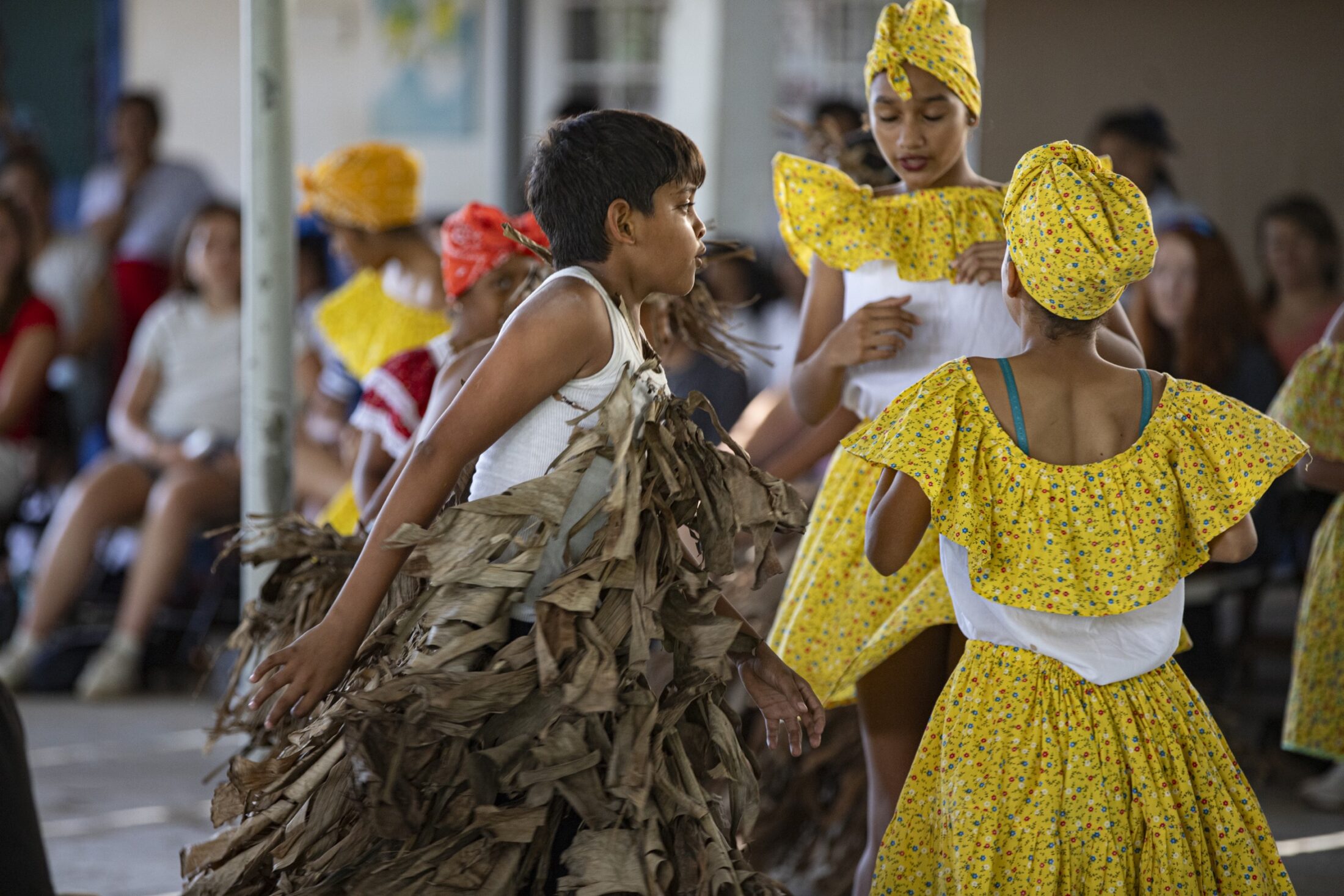
Through our community action project, we are working to make an impact on the community of Santa Ana. By creating and building Santa Ana their new recycling center were are helping to further develop not only their infrastructure for recycling but also to inform the general public of the importance of recycling.
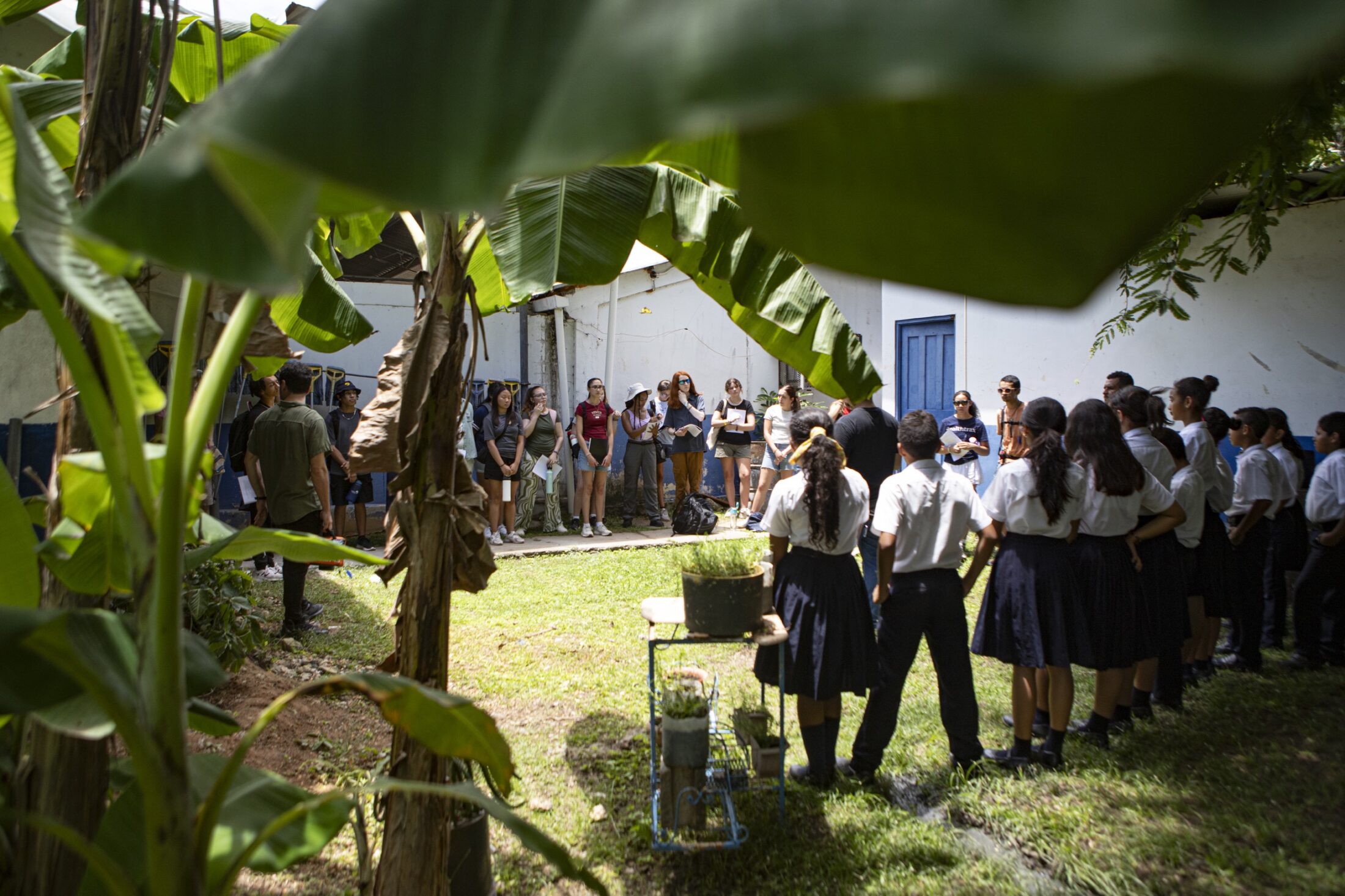
By participating in these events and leading the group throughout the day we grew in character and developed better leadership skills. We worked together to keep moving and stay protected from the elements. We also spiced up our lunch lineup by providing engaging activities for the glimpsers to participate in.
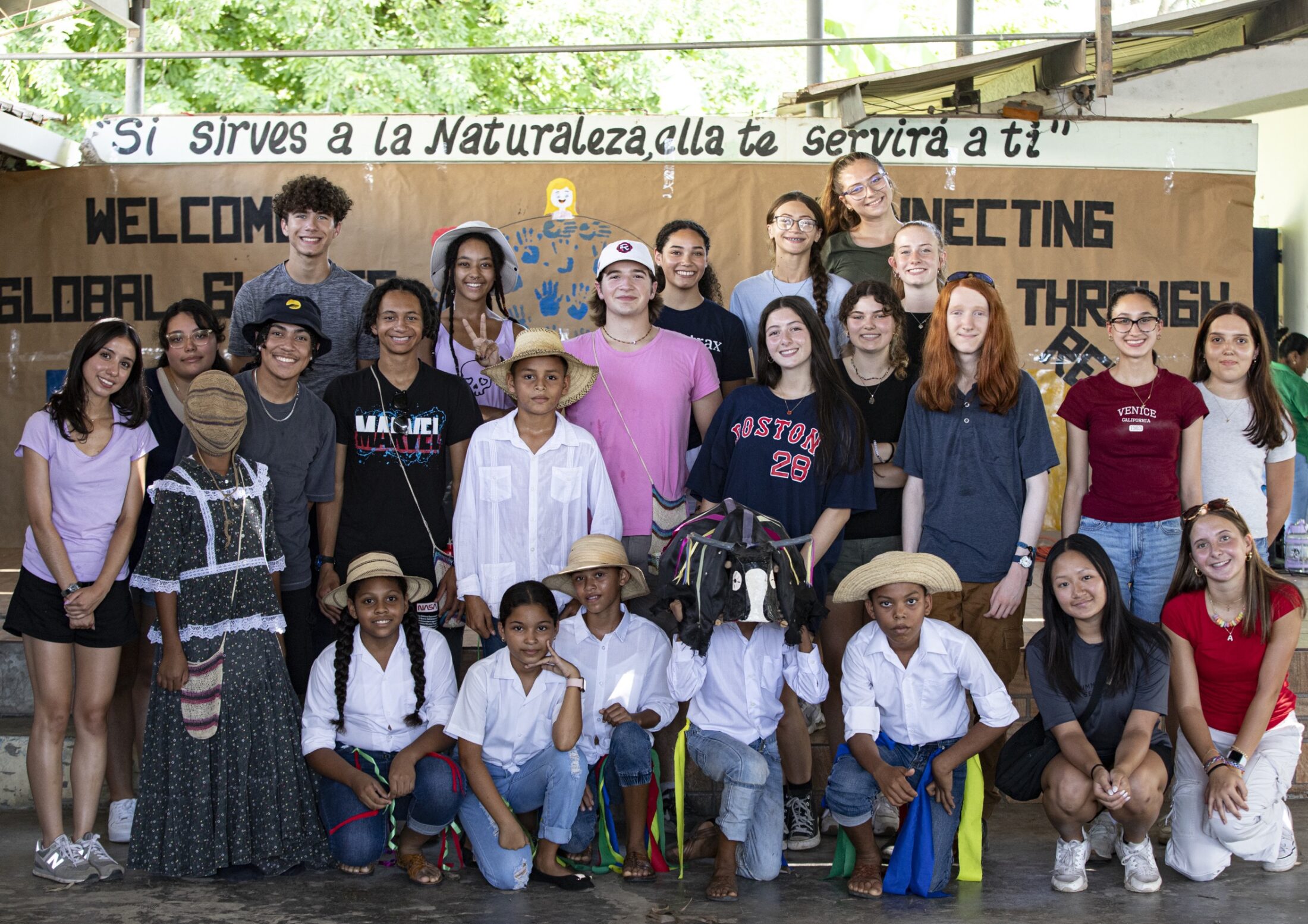
Shoutout to Noah’s brother, Nathaniel, as well as Travis’s mom and dad Sonia and Tom and to the parents of our fellow glimpers!
And a special shout out from Travis to Klara my amazing girlfriend, I miss you sooo much and cannot wait to see you. <3 (PS Me and Magog have been hanging out <3)
—Noah Jewell and Travis Emerson
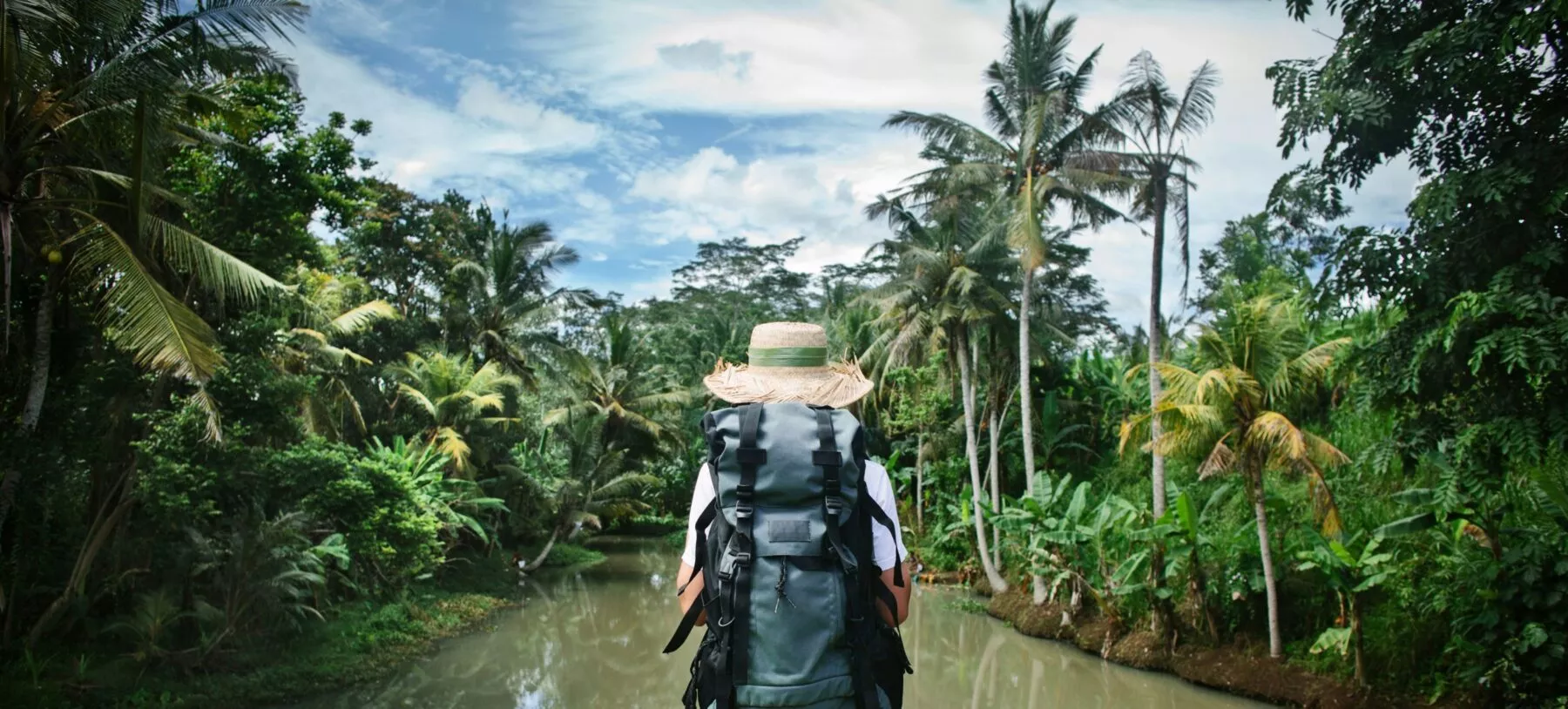
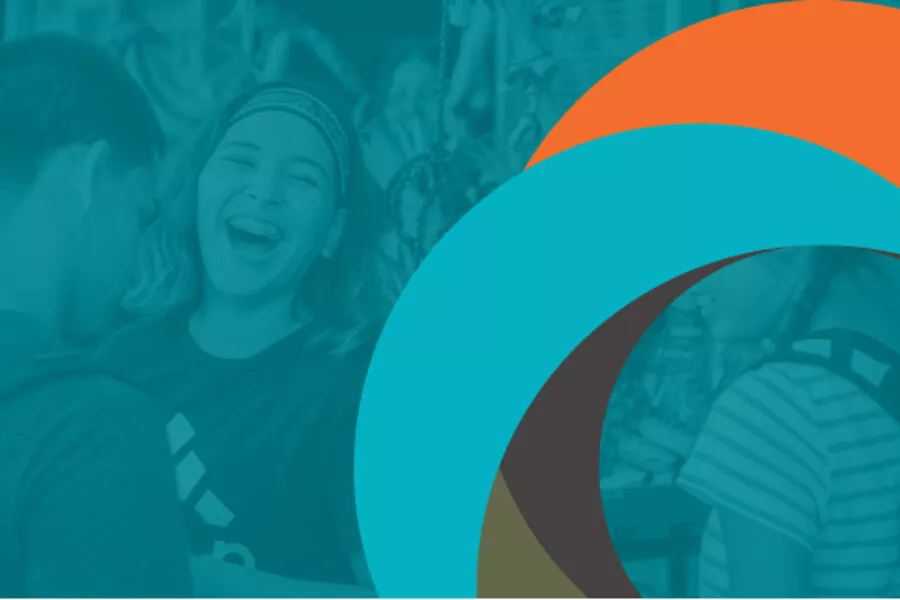
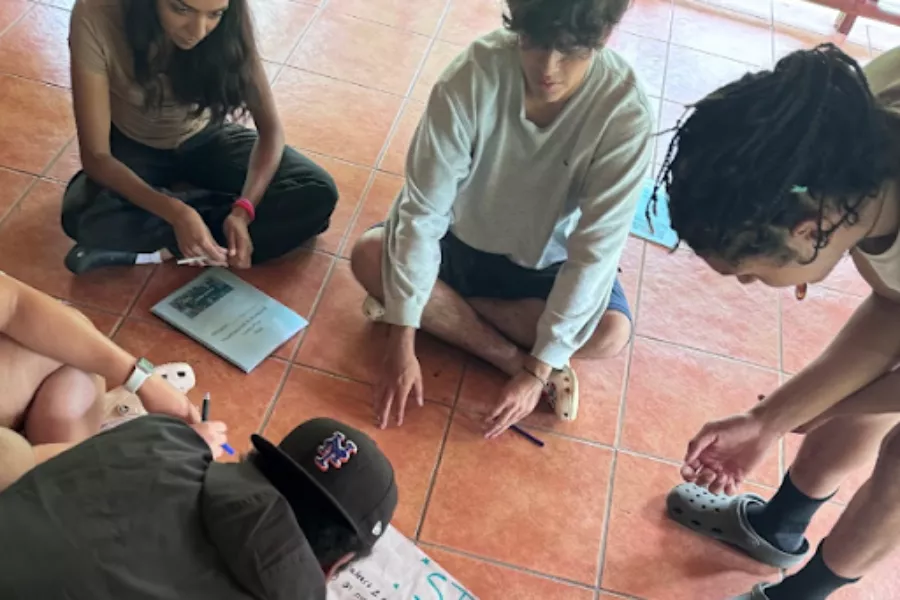
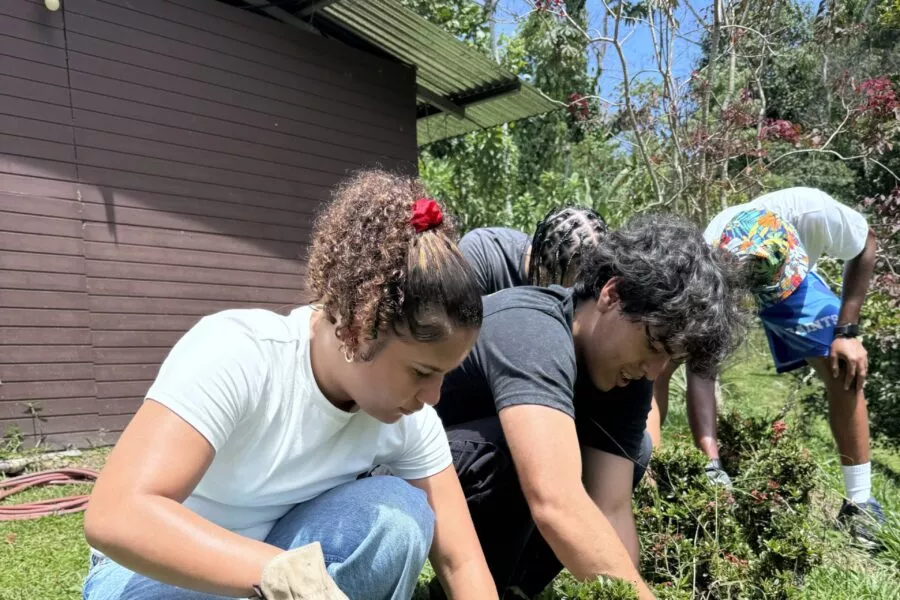
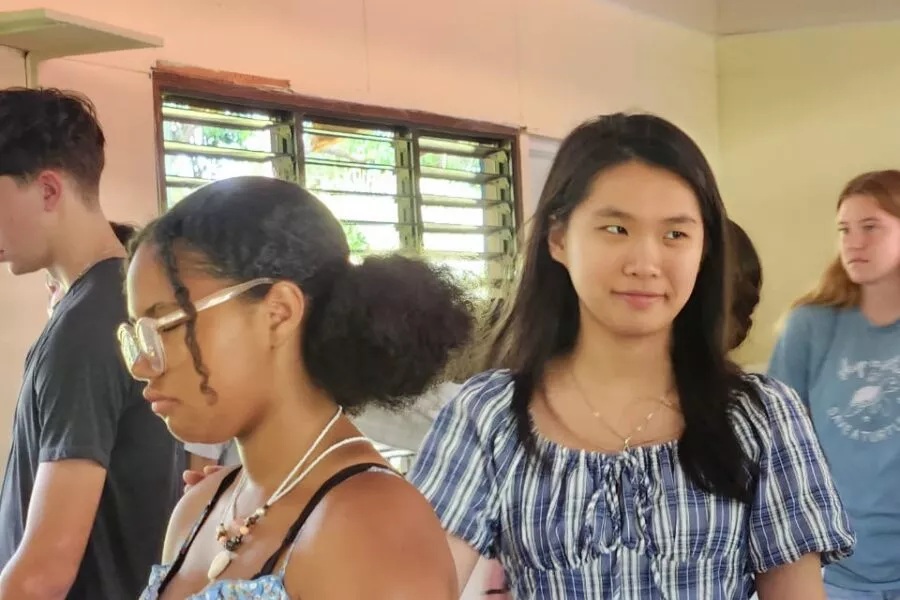
Comments (4)
Sabrina Marsh
Sounds like you have a great project ahead of you all. Good luck and cannot wait to see the finished recycling station. Special hello to Molly. Love ya times a million!
Paula D Sommers
Wow! What a great project!
Helping with recycling etc is so important. Great work guys! Beena
Sonia Bouvier
Yay! Thanks so much for the update! Looking forward to hearing more about the recycling center! So proud of all of you!
Scott Jewell
Good job, guys!
Hey to Noah from Dad…